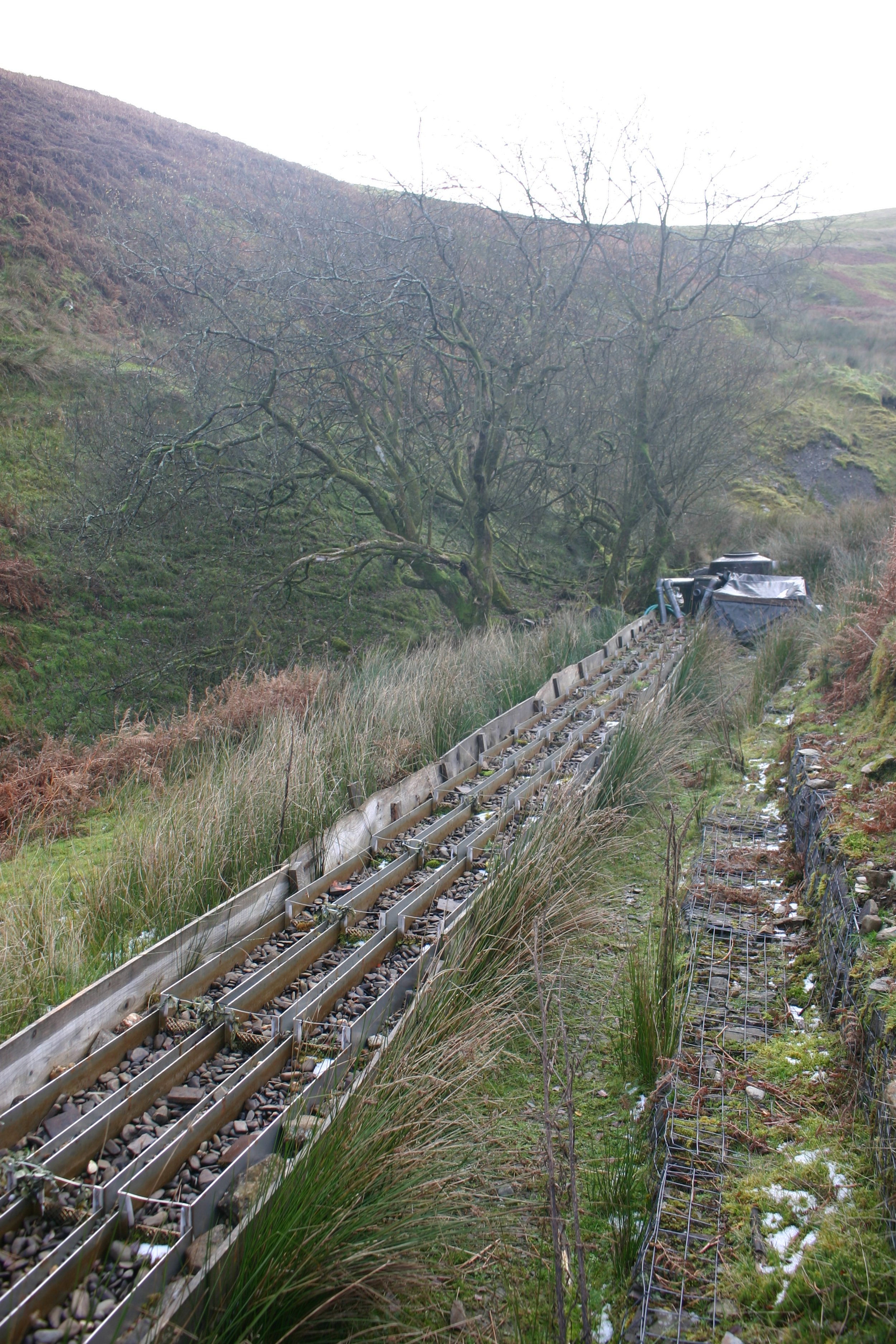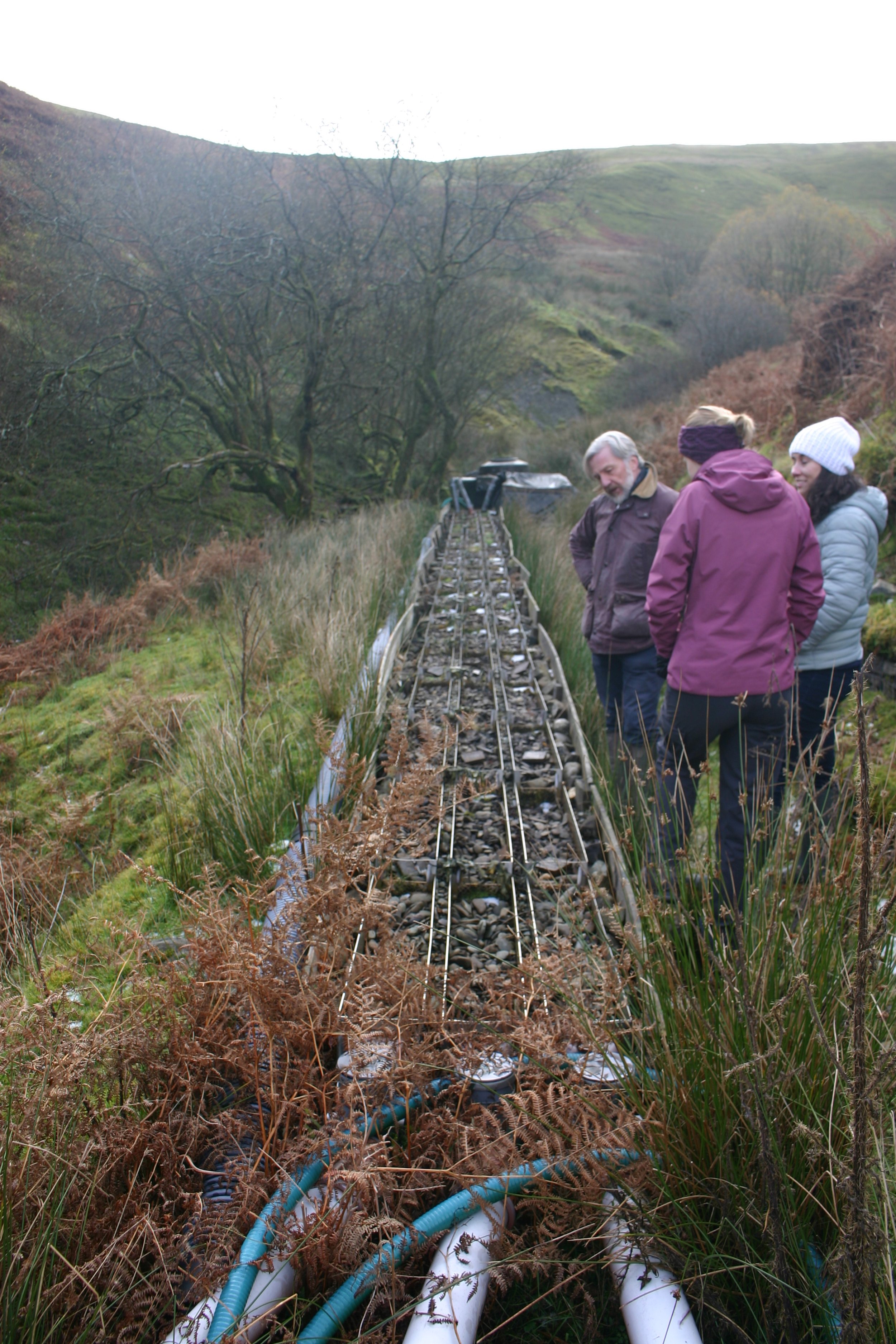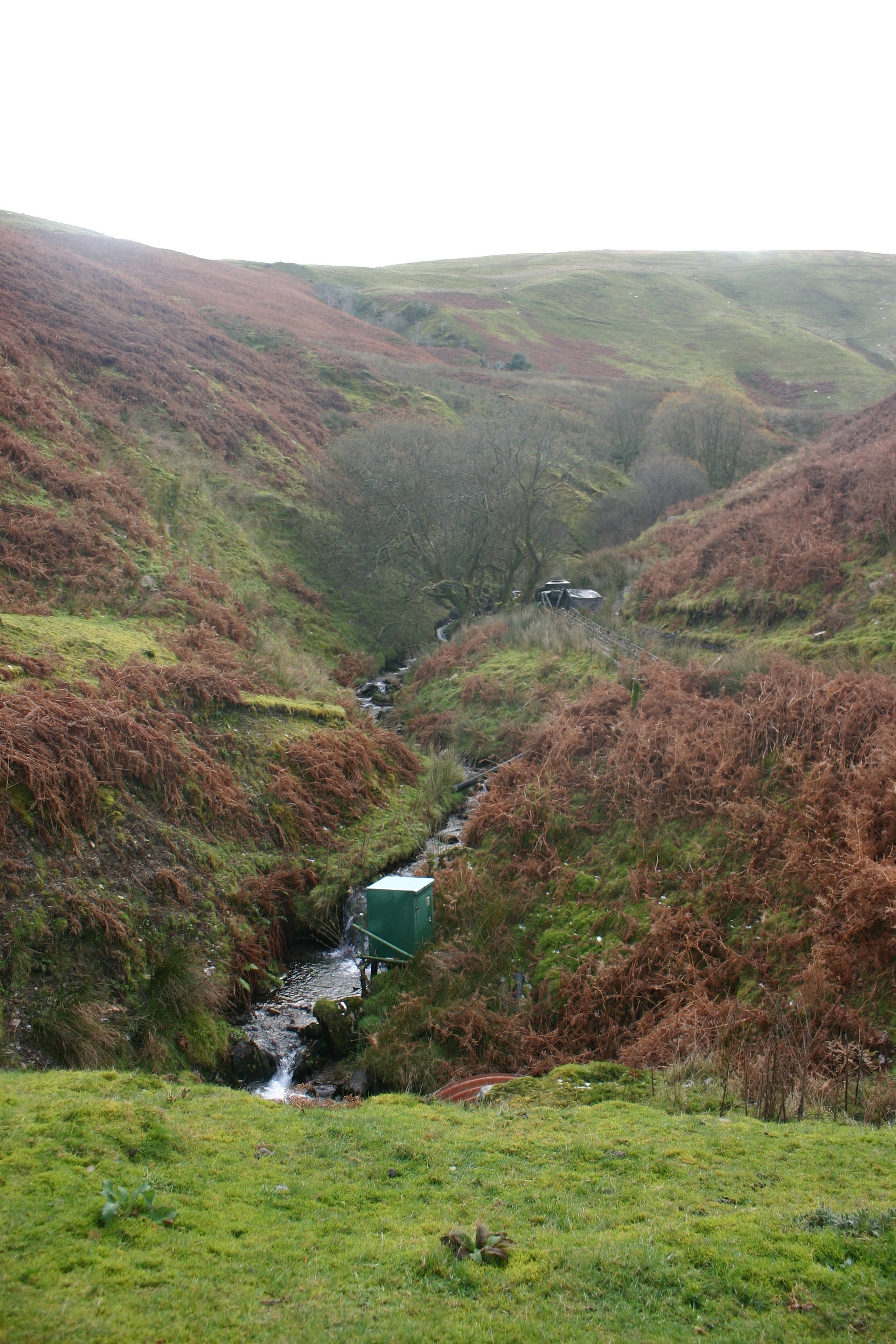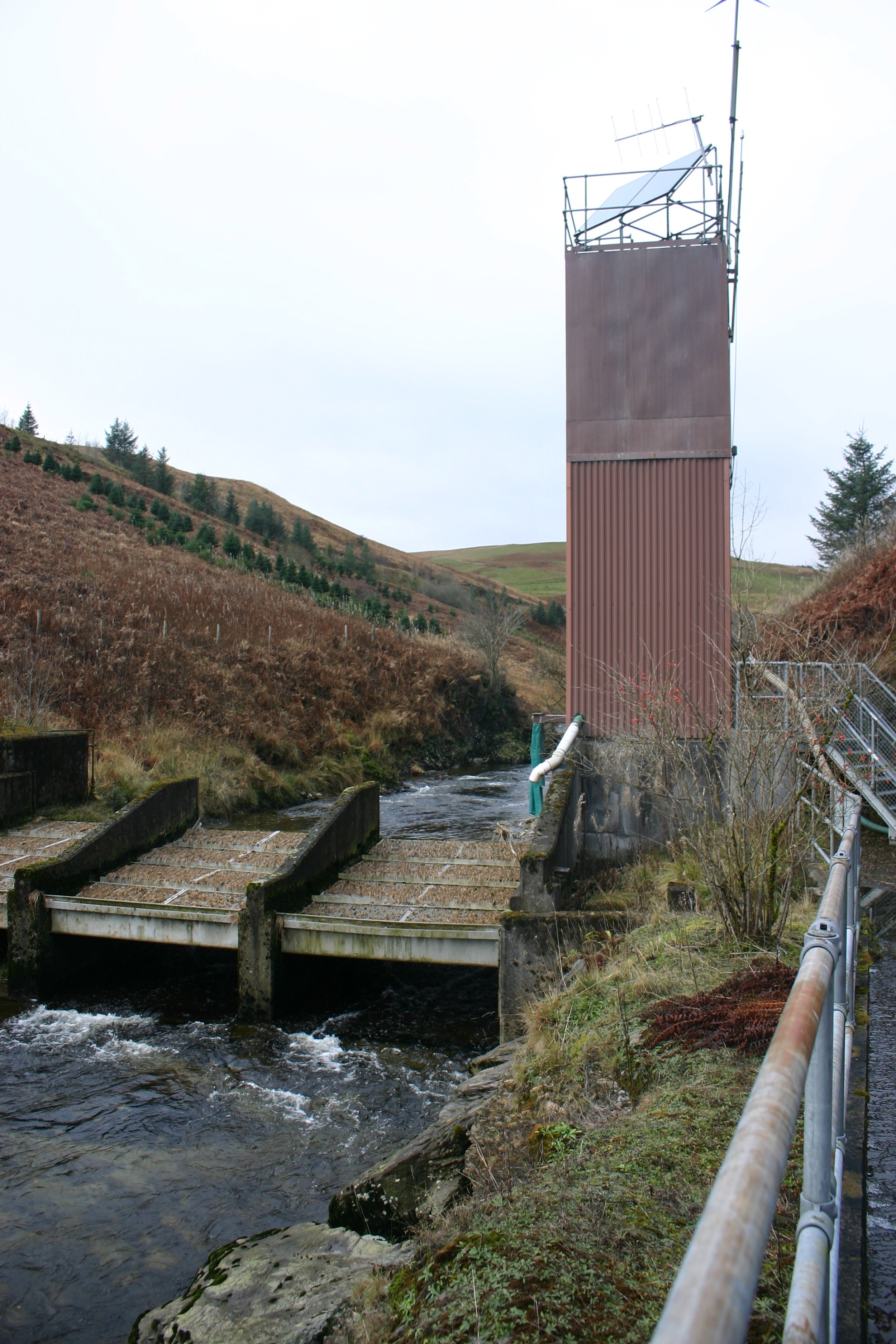Wales
ECT Media
Podcast with Steve Ormerod
Webinar featuring Steve Ormerod “Forty Years of Research at the Llyn Brianne Stream Catchments in Wales”
Watch the docushort video which filmed the production of the Llyn Brianne VR experience.
Impacts
Scientific:
How land use affects acidification
Recovery from acidification
Policy:
Emissions control to reduce acidification
Forest & riparian woodland management
Map of the catchments (enlarge to view)
The study catchments at Llyn Brianne, with geographical position in Wales shown relative to sites in the Welsh Acid Waters Survey. Image figure 1 (pg 166) from Ormerod & Durance (2009).
OVERVIEW
Located in the heart of the Cambrian Mountains in mid-Wales, the Llyn Brianne experiment began in 1981 with an investigation into the acidity of the River Twyi. But it has since expanded to include other global changes and their effects on biodiversity, and ecosystem services, particularly climate change.
The landscape scale experiment involves 14 headwater catchments and their streams and has included various manipulations. The Welsh Acid Water Survey conducted in parallel has fed into the analyses.
Experiment start date: 1981
Habitat type: Freshwater
Experiment type: Climate and restoration/land use change
Site manager: Steve Ormerod and Isabelle Durance
Site owner: Natural Resources Wales, Royal Society for the Protection of Birds, and various others.
Site size: 14 catchments that vary in size between 15-270 hectares
Experiment conducted by: Steve Ormerod, Cardiff University
Experiment goal: To understand how acidification, land use and warming affect freshwater biodiversity and ecosystem services.
Stakeholders: NERC, Esmée Fairbairn Foundation, Welsh Water, RSPB, UKCEH, Imperial College London, Queen Mary University London, National Museum of Cardiff, University of Oxford, Bangor University
Additional links: Llyn Brianne Stream Observatory. Follow @LlynBrianneLTER on Twitter.
VISITING
Llyn Brianne can be visited and it is a popular site for various activities, which include cycling, walking, star-gazing, bird watching and fishing. For more information about the reservoir, visiting it and facilities nearby see Visit Mid-Wales.
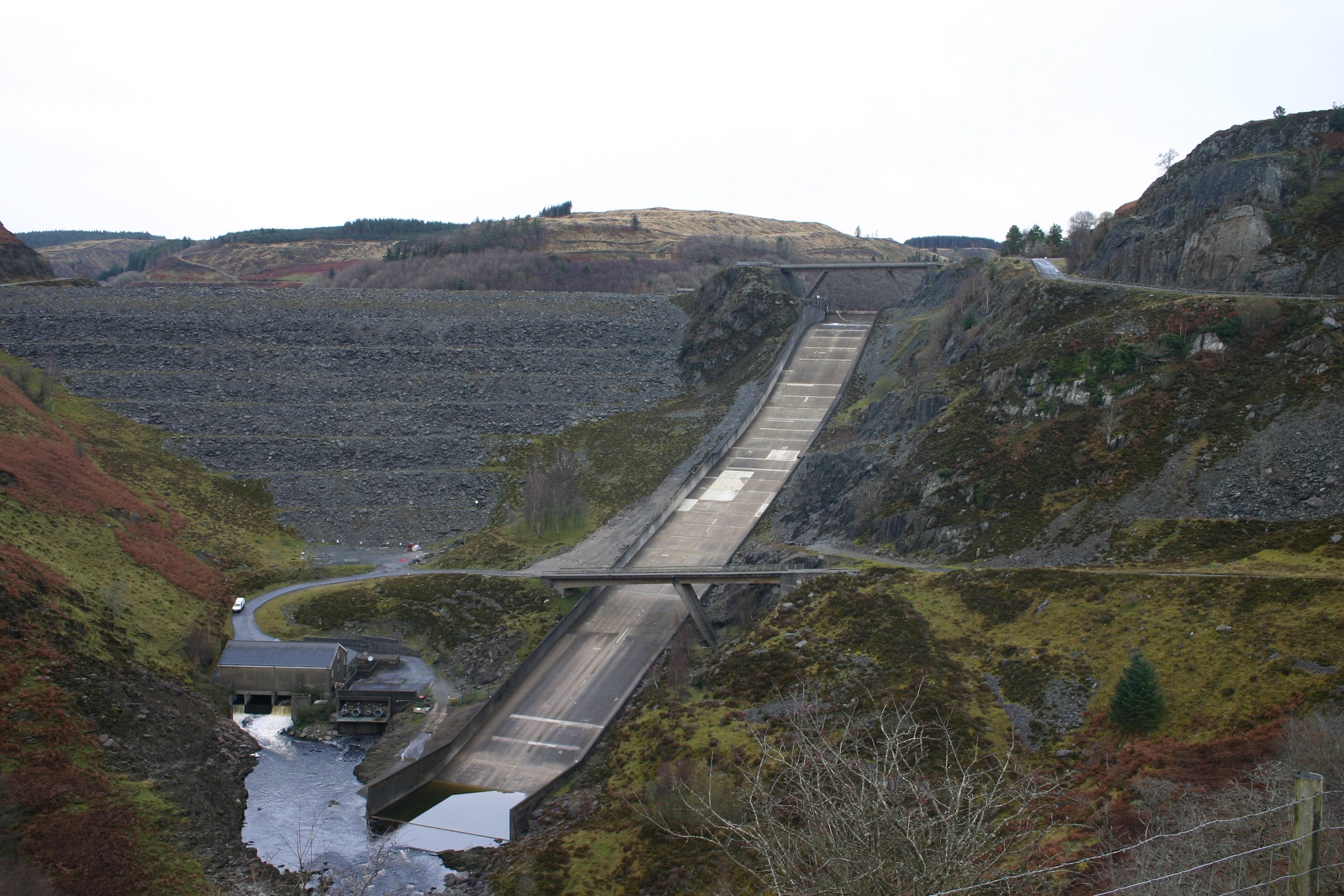
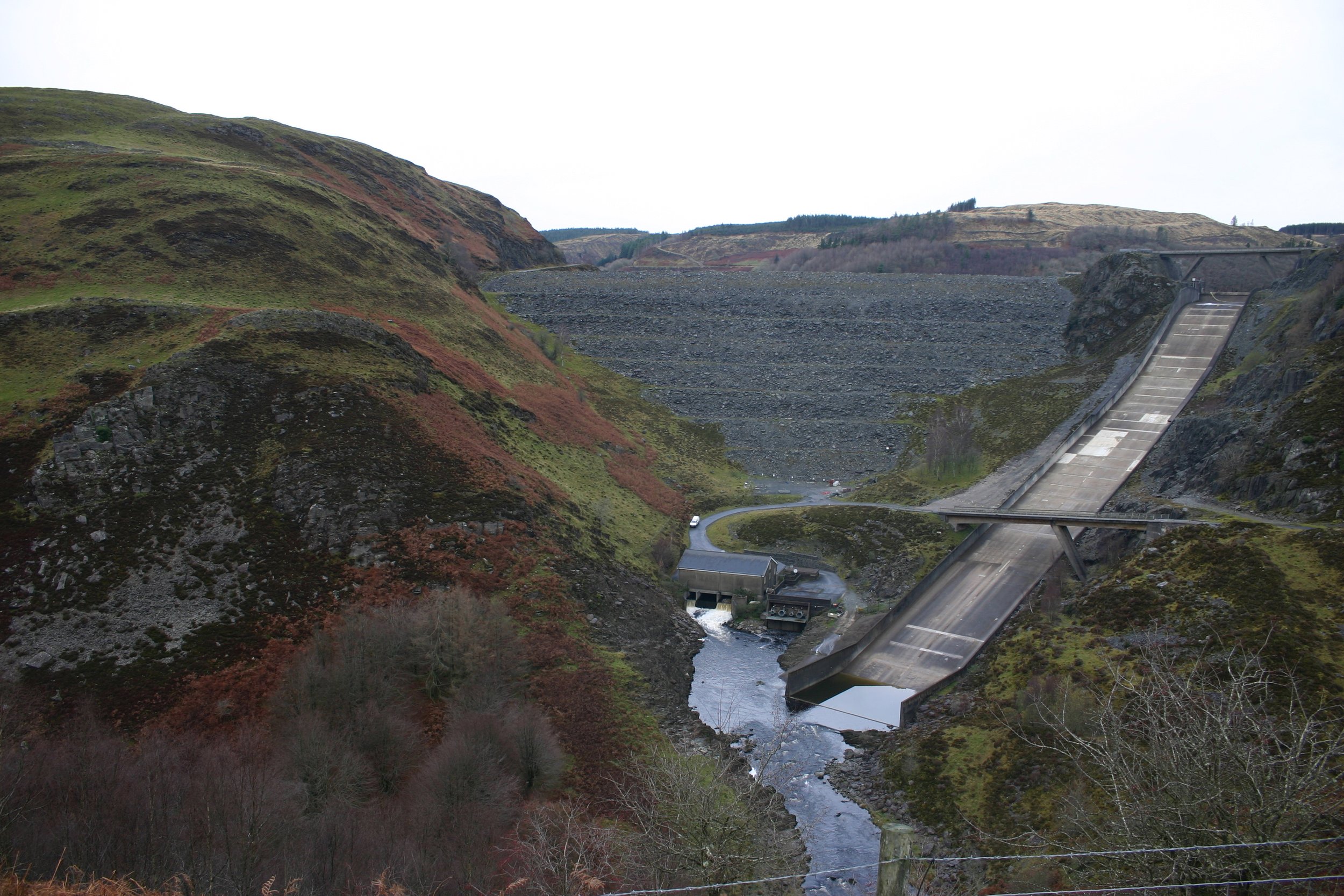

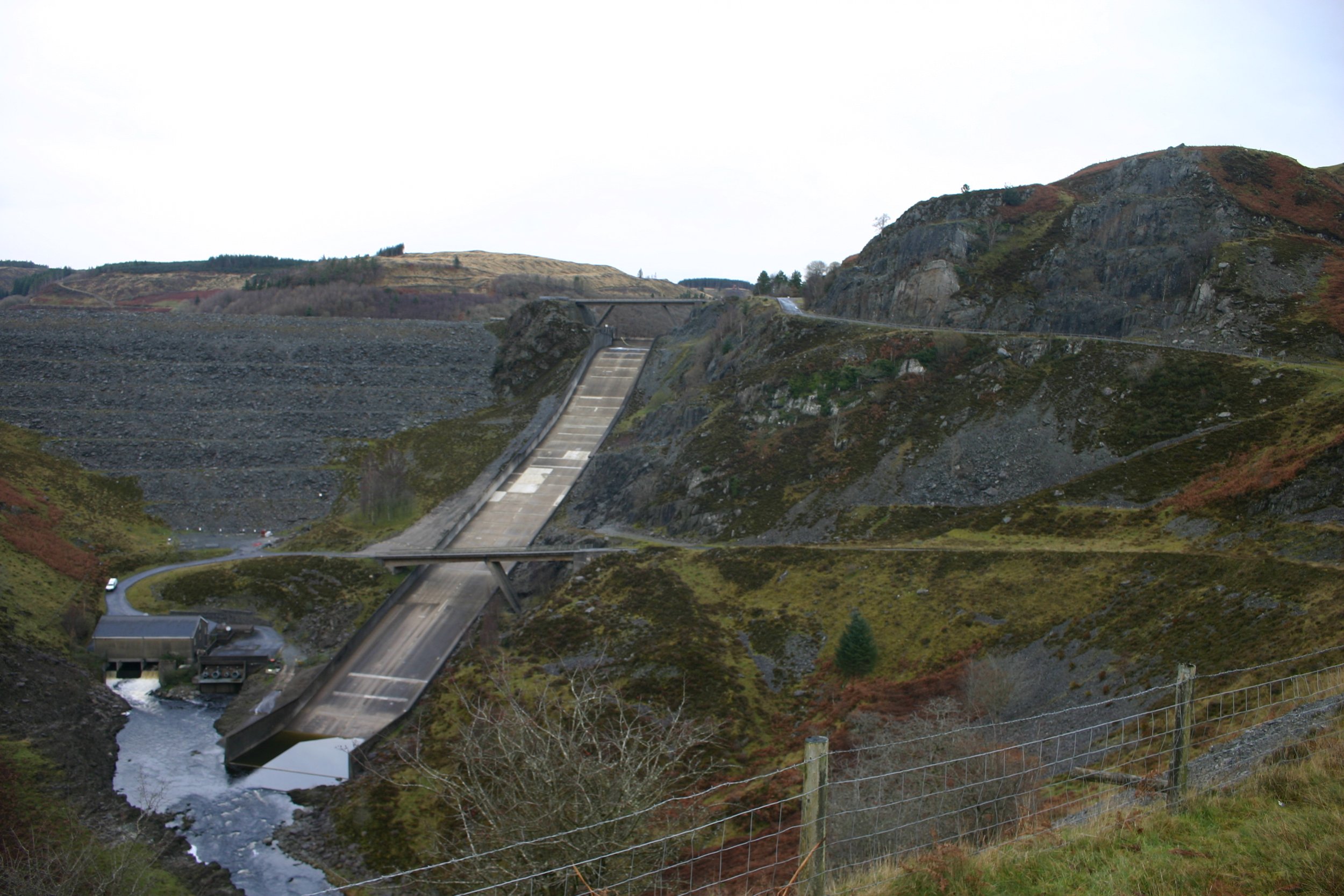
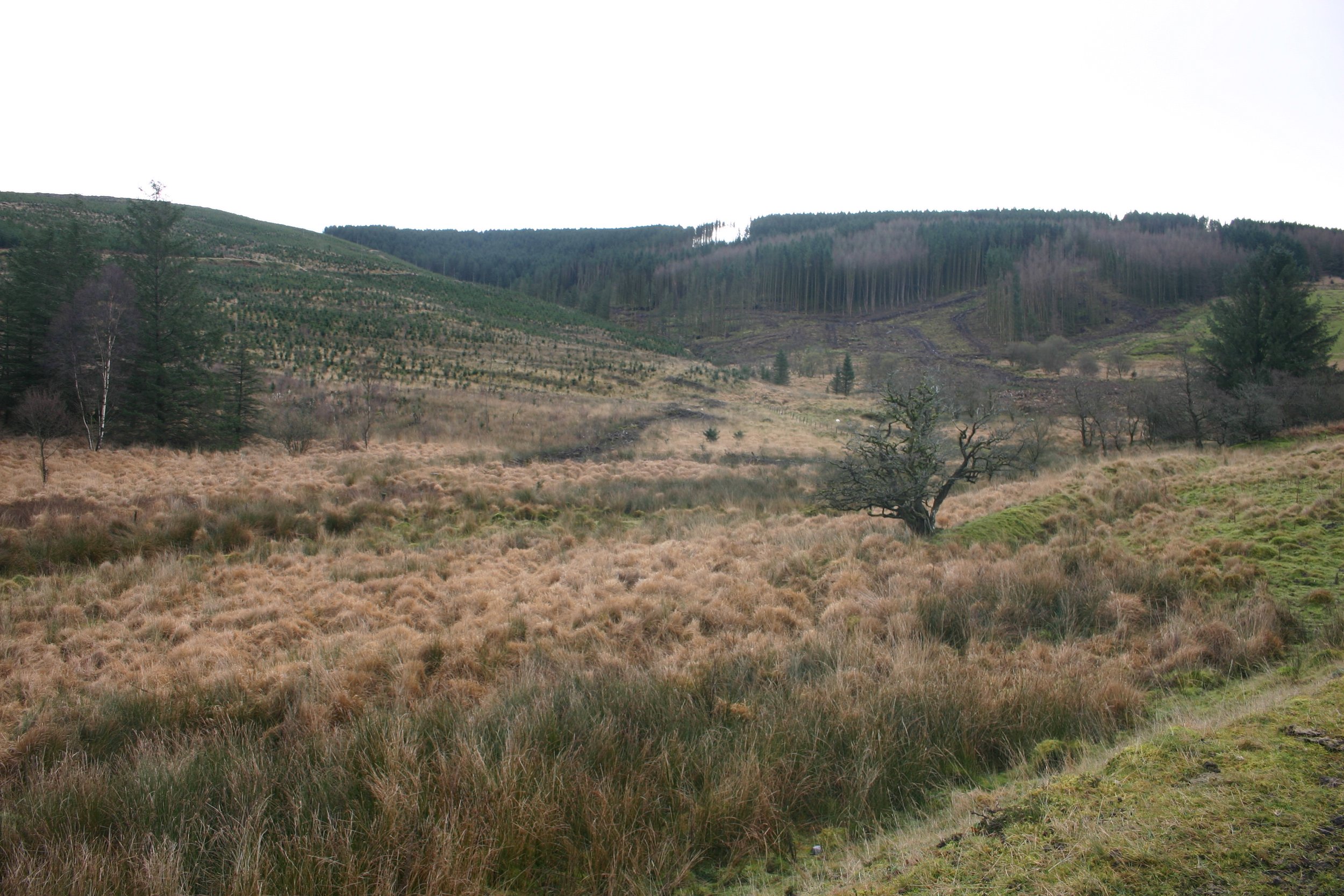
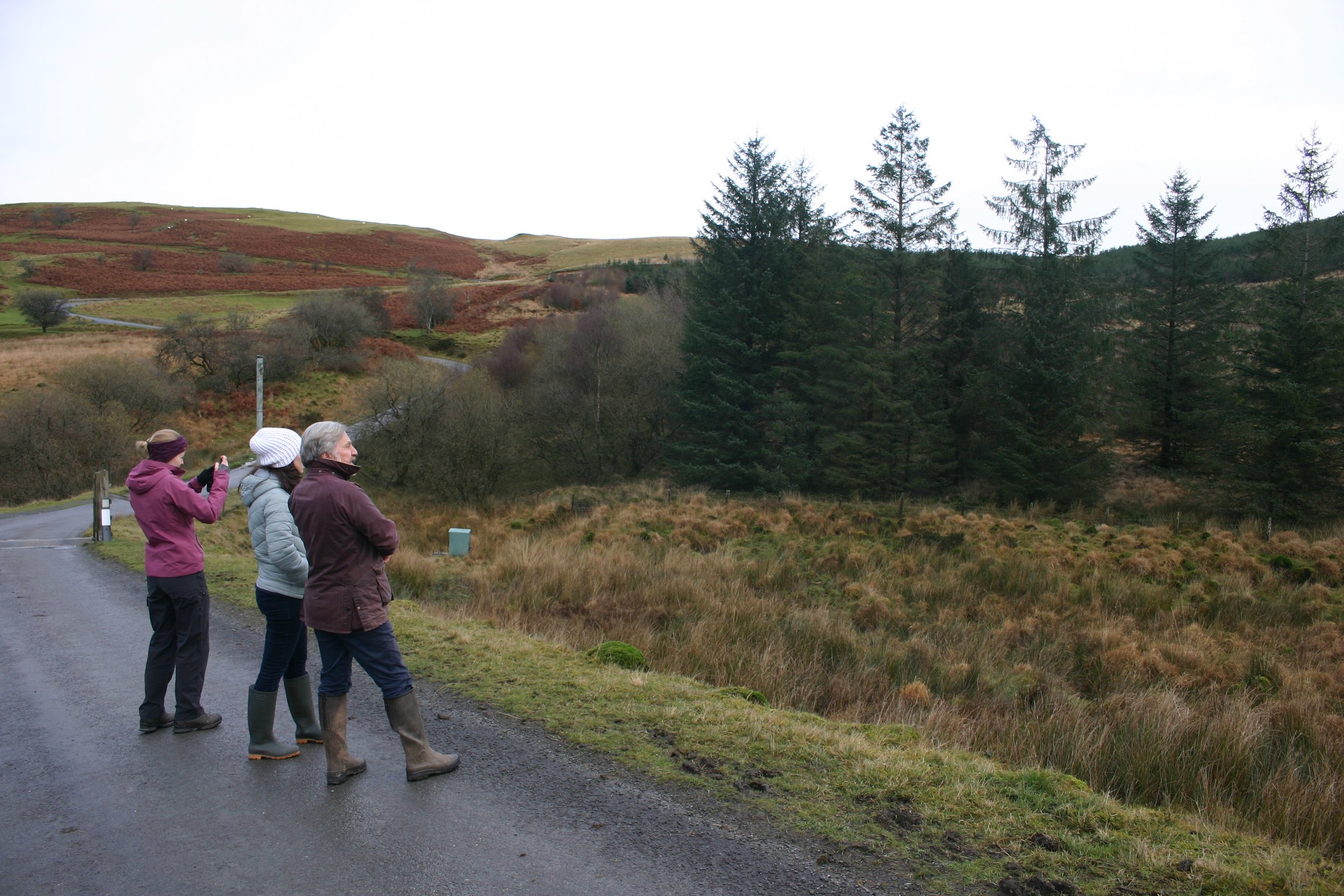
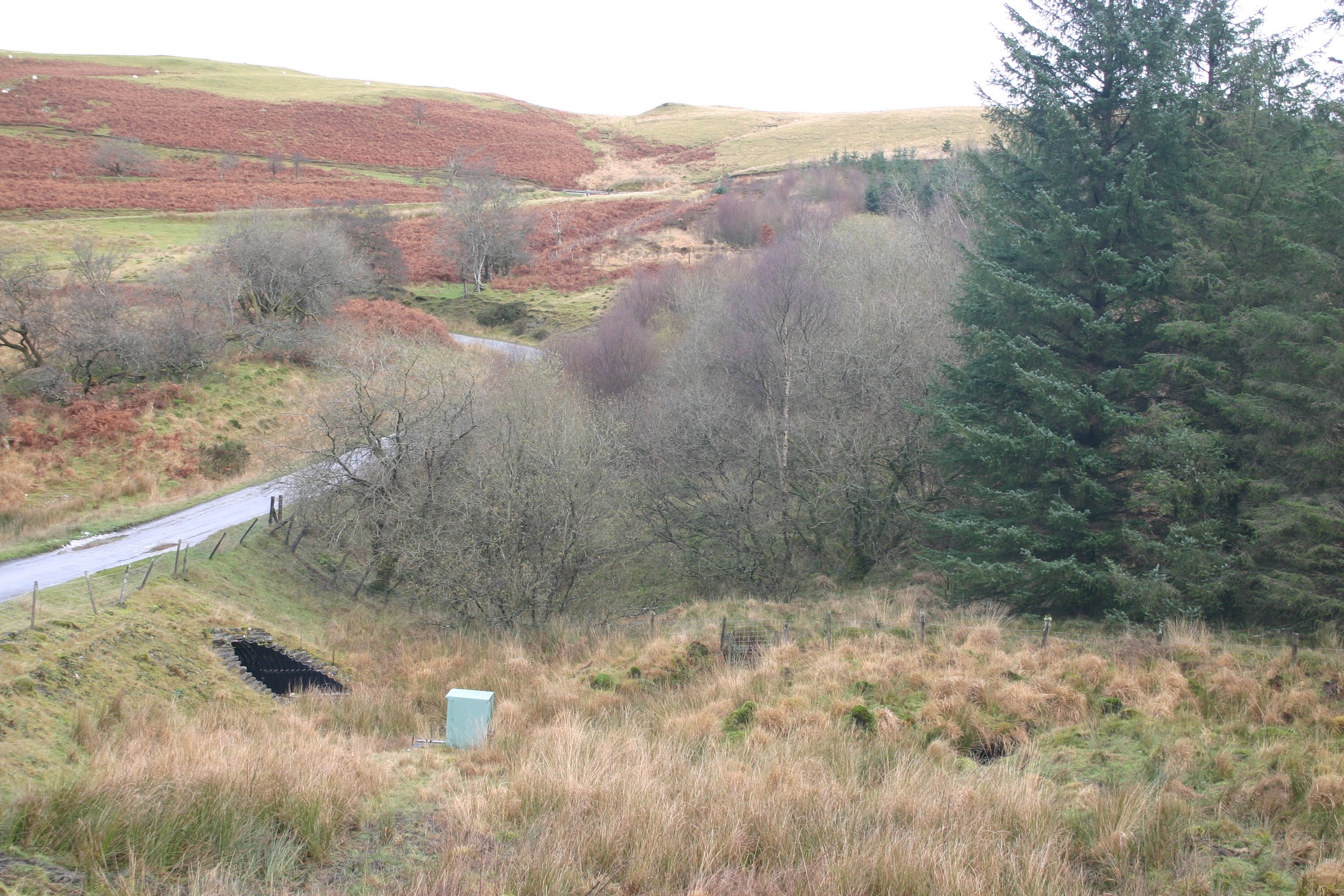
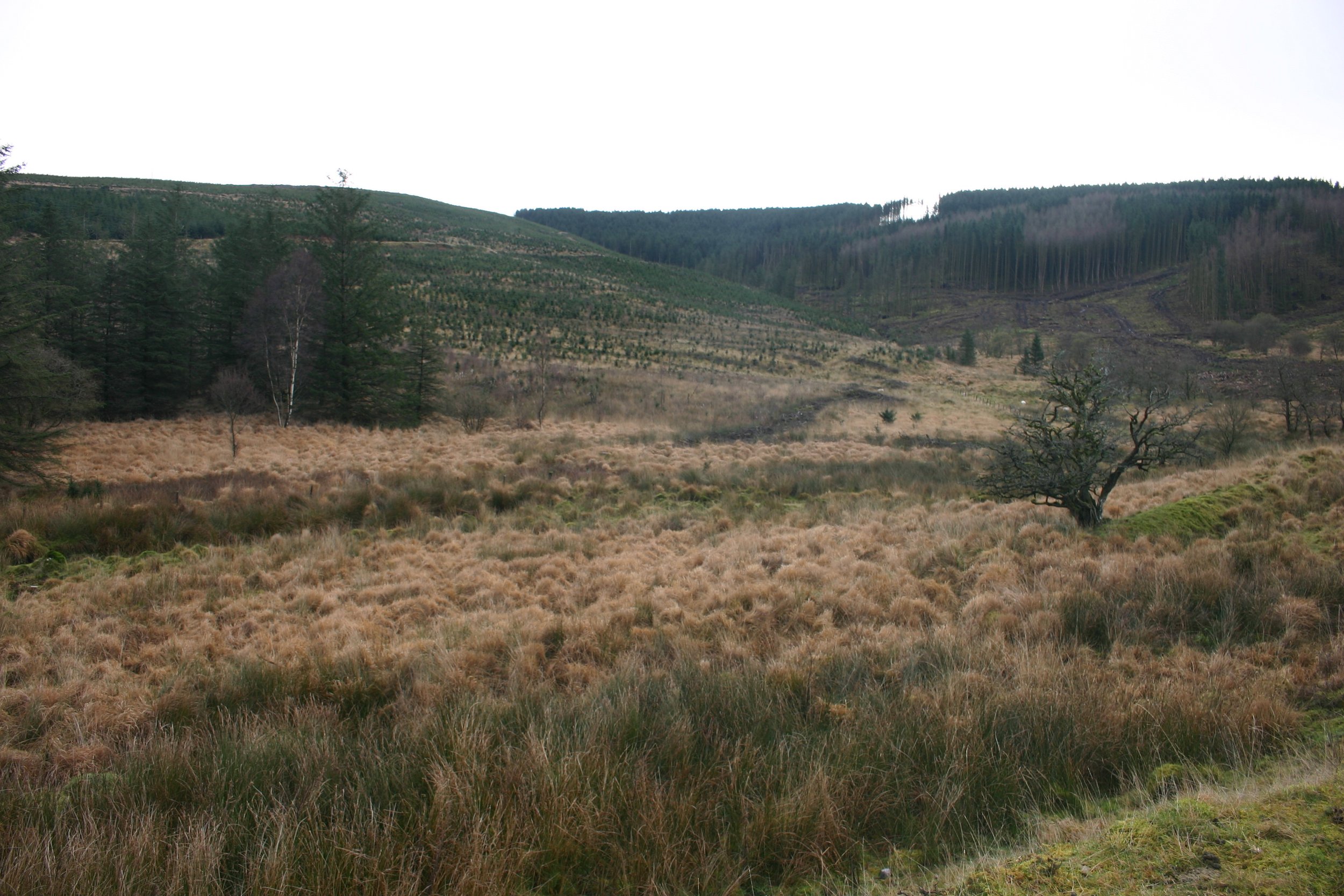
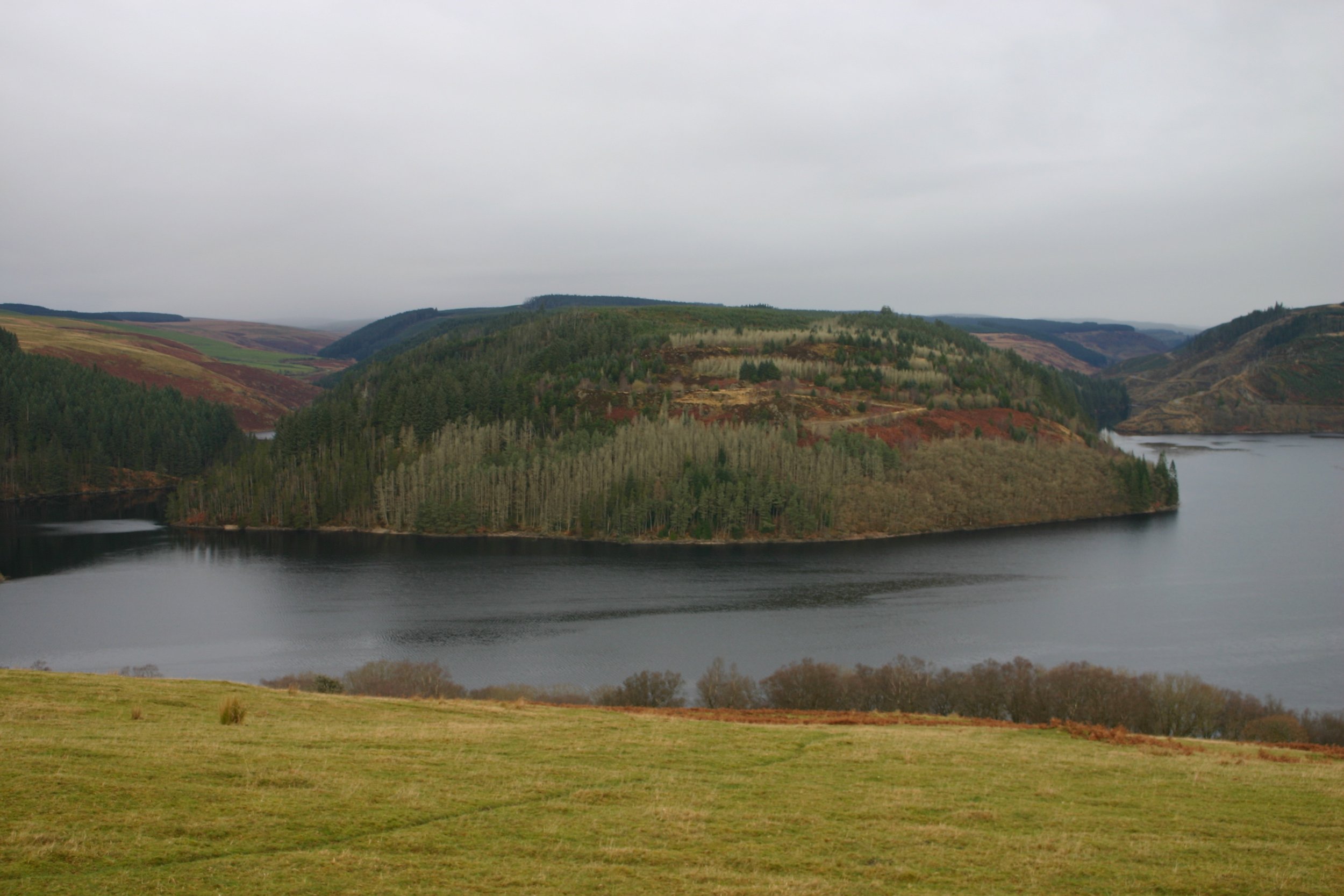
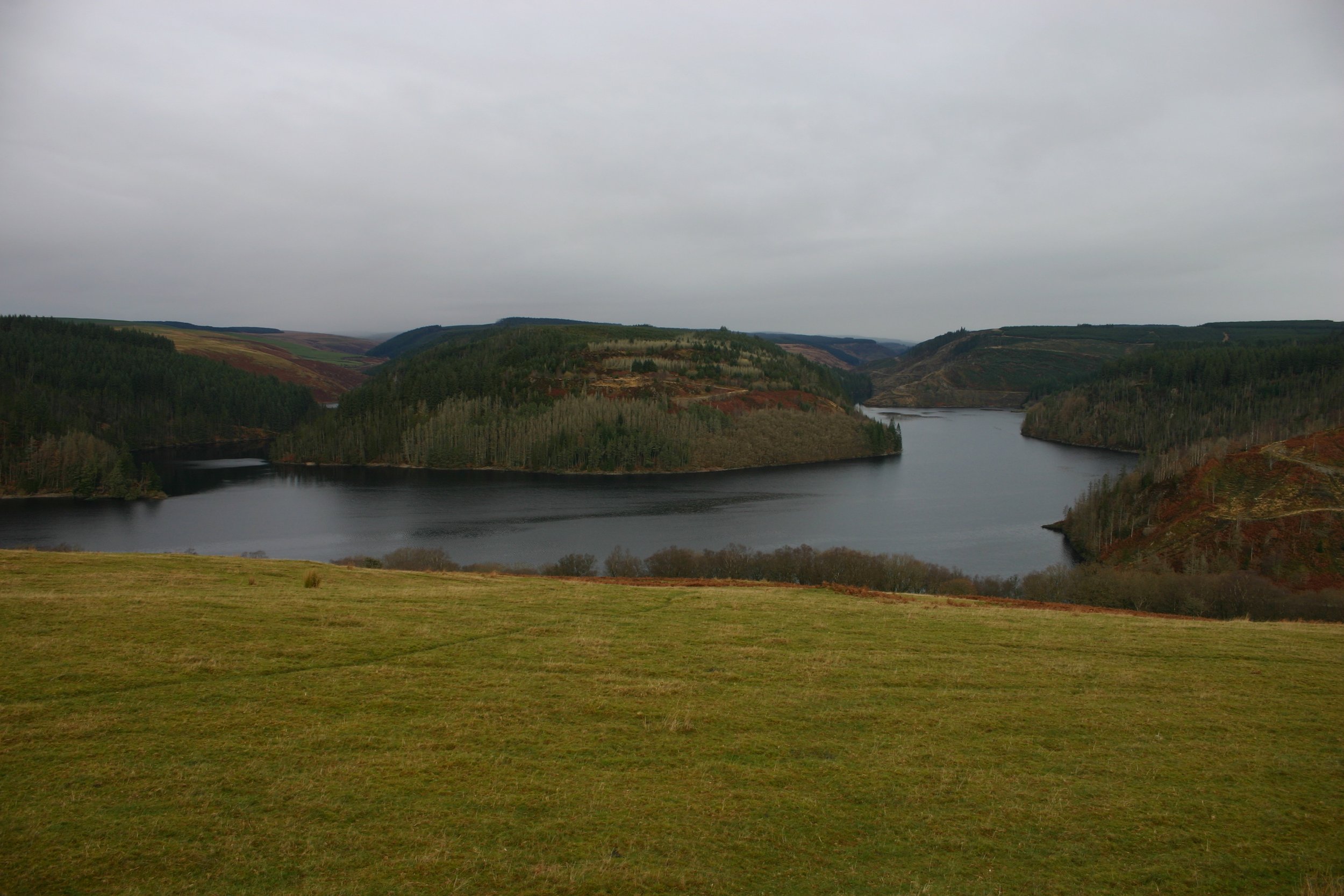
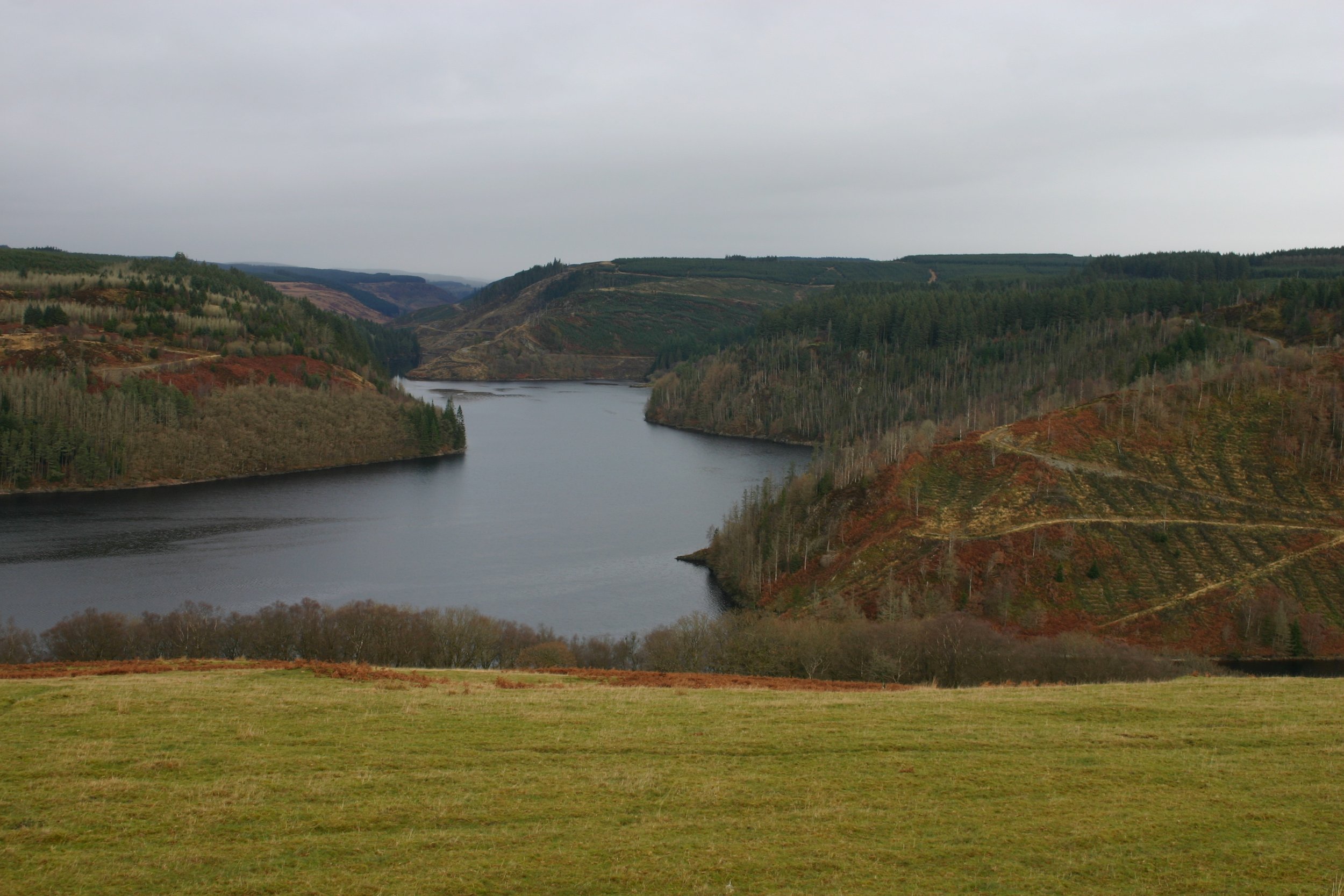
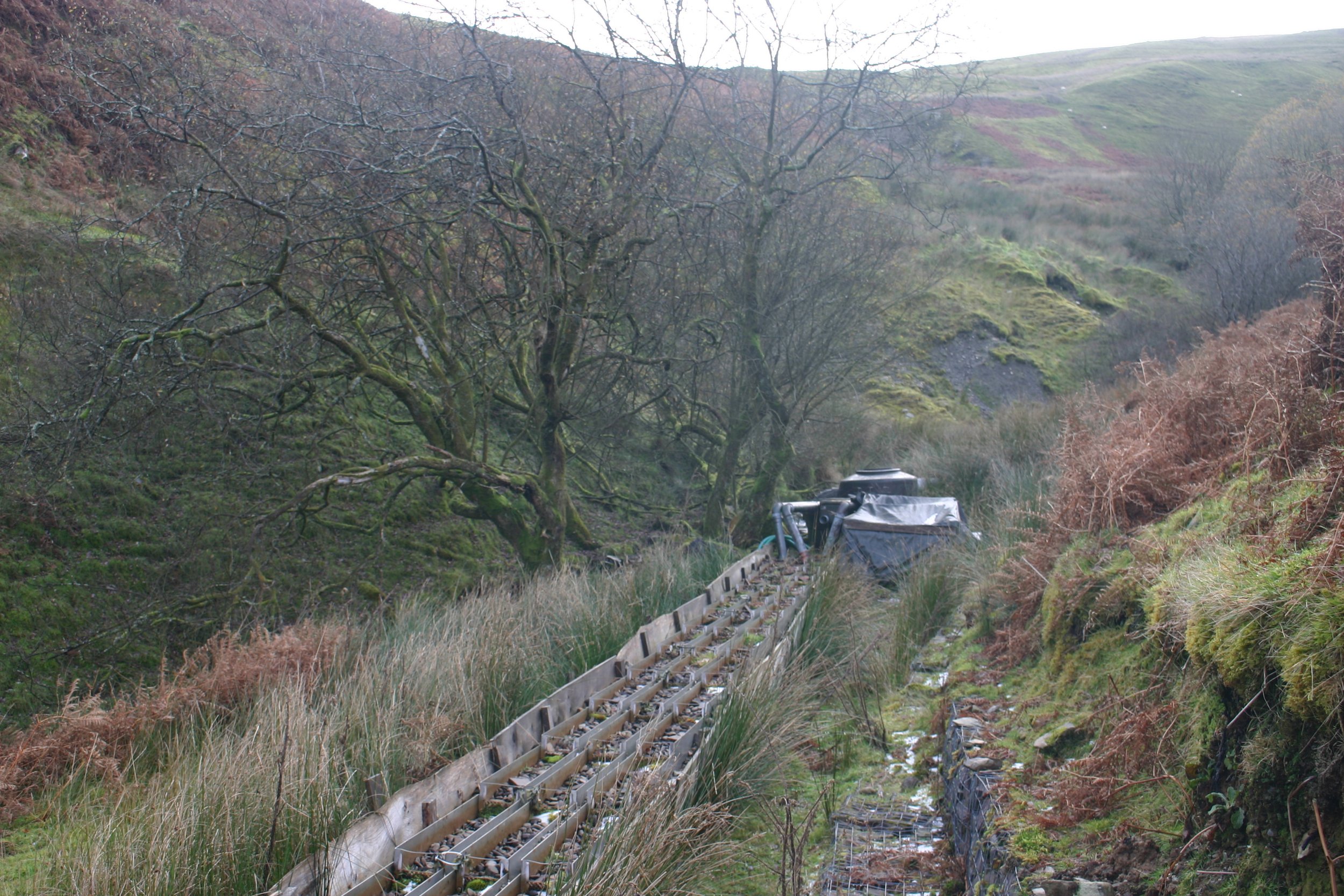
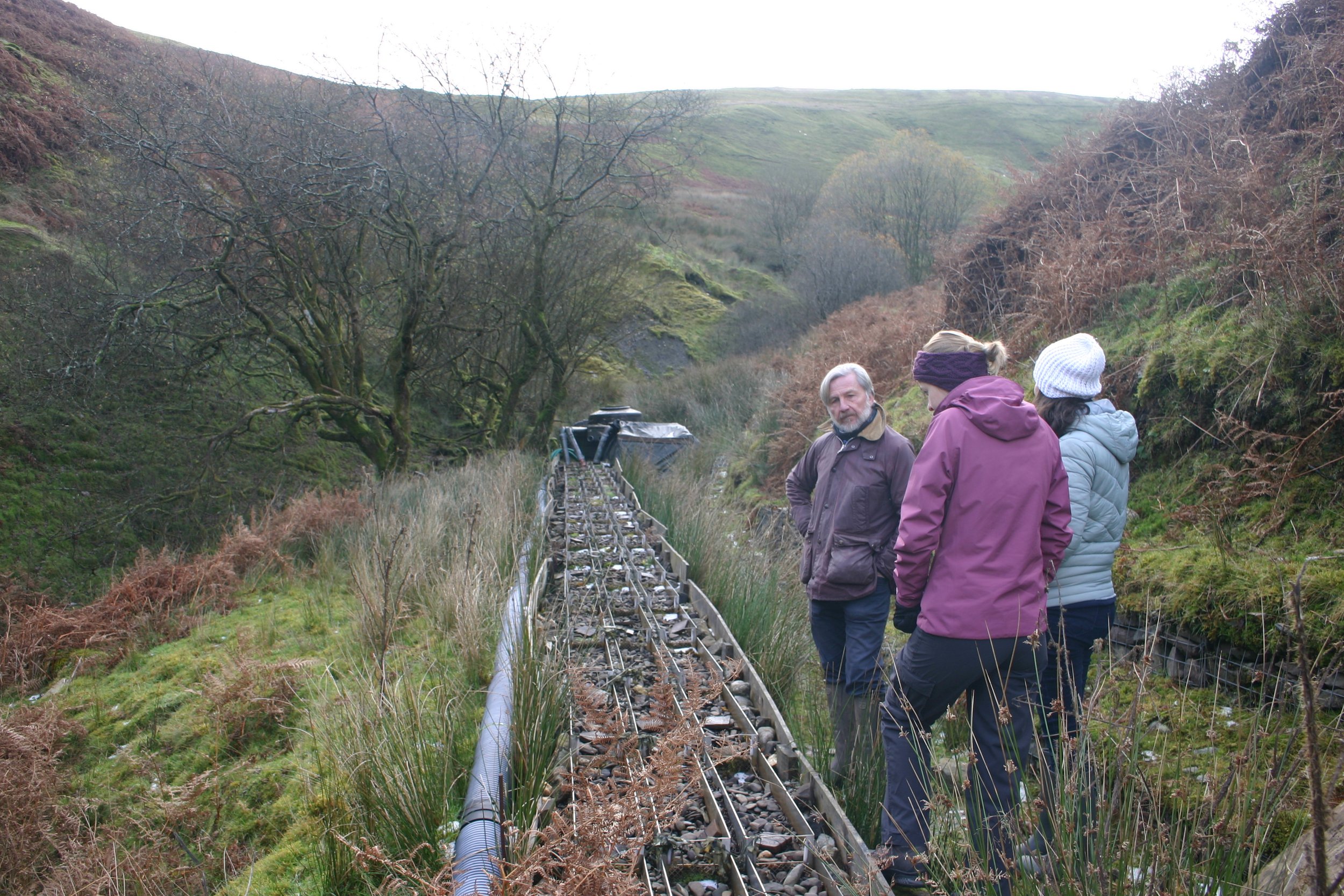
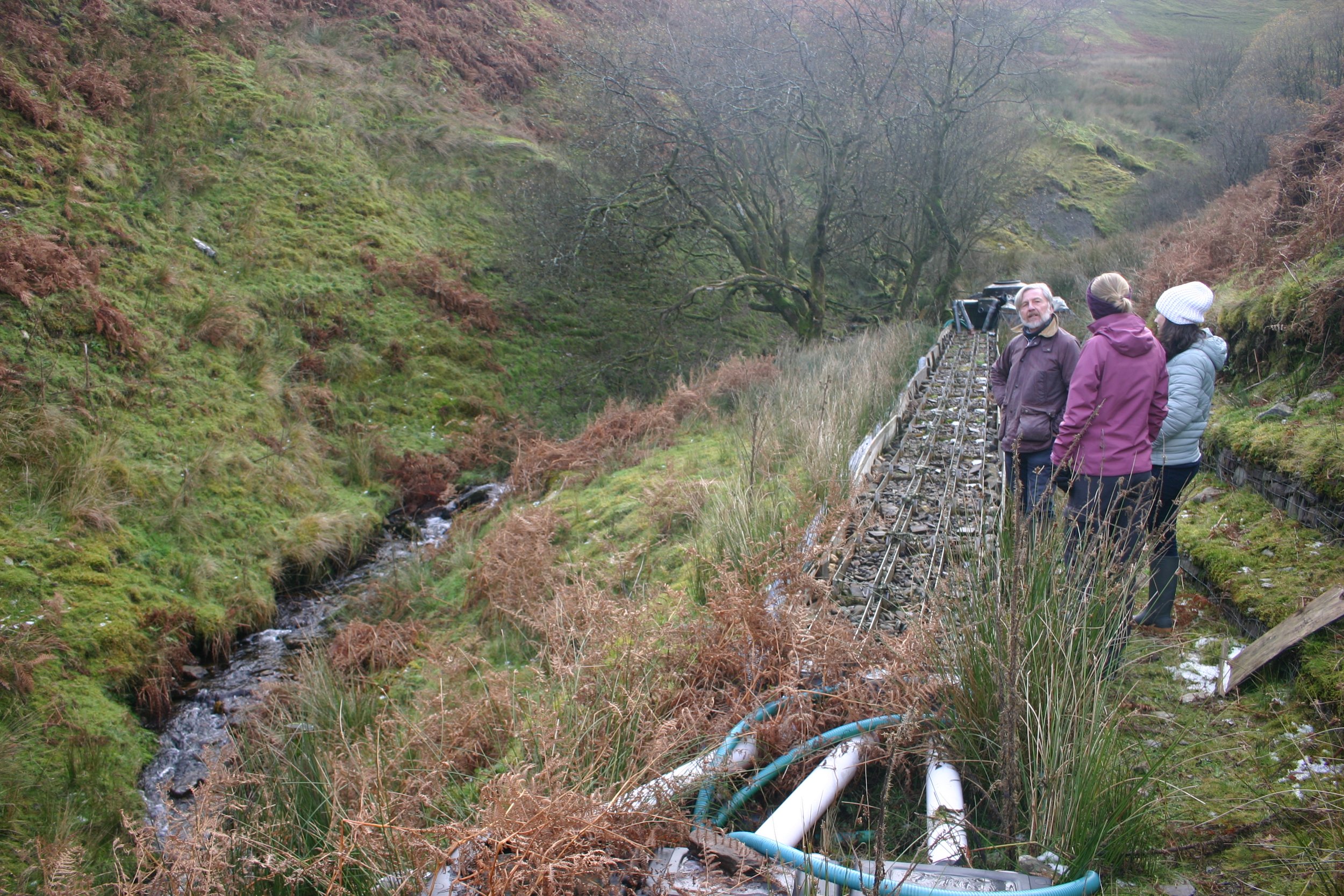
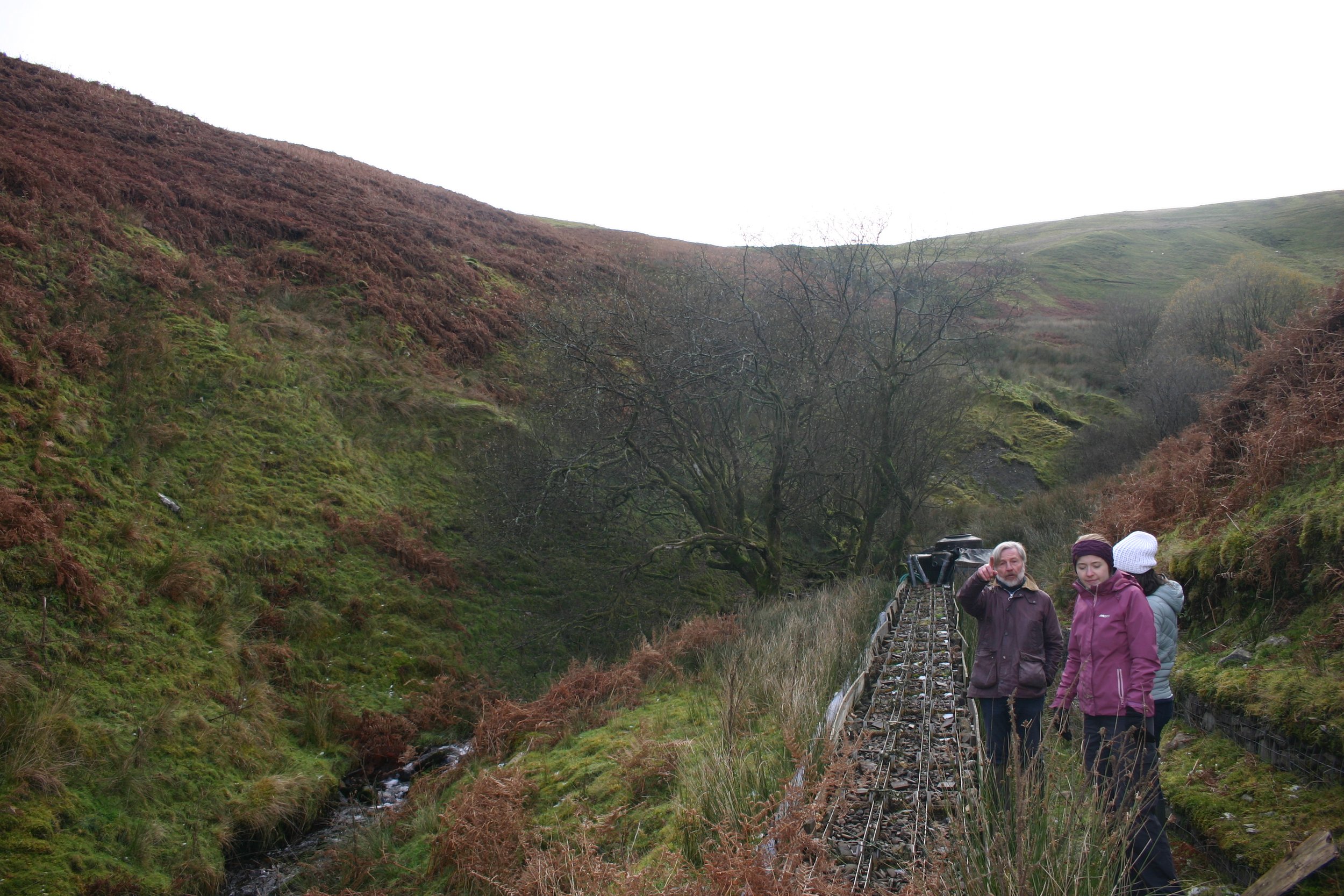
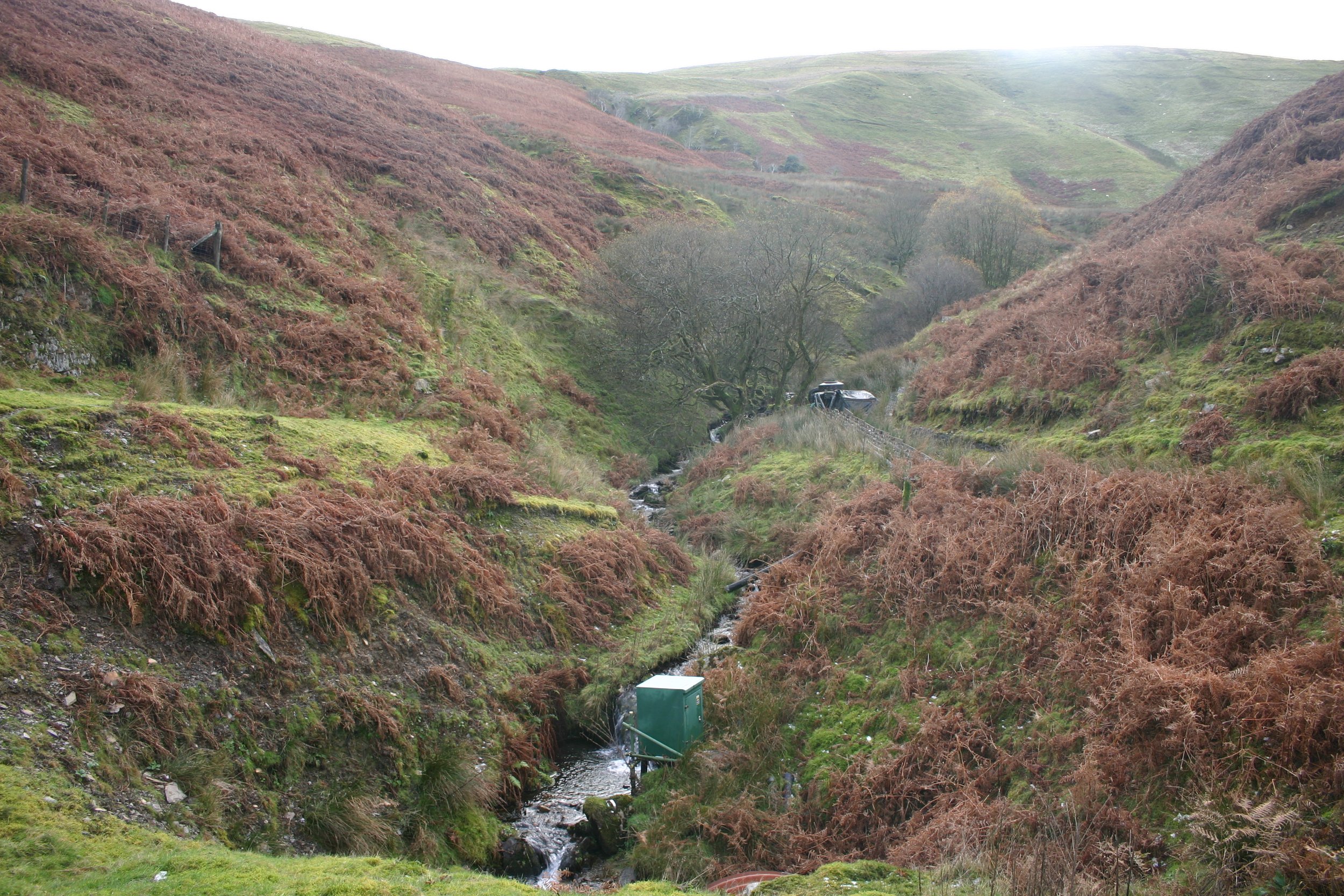
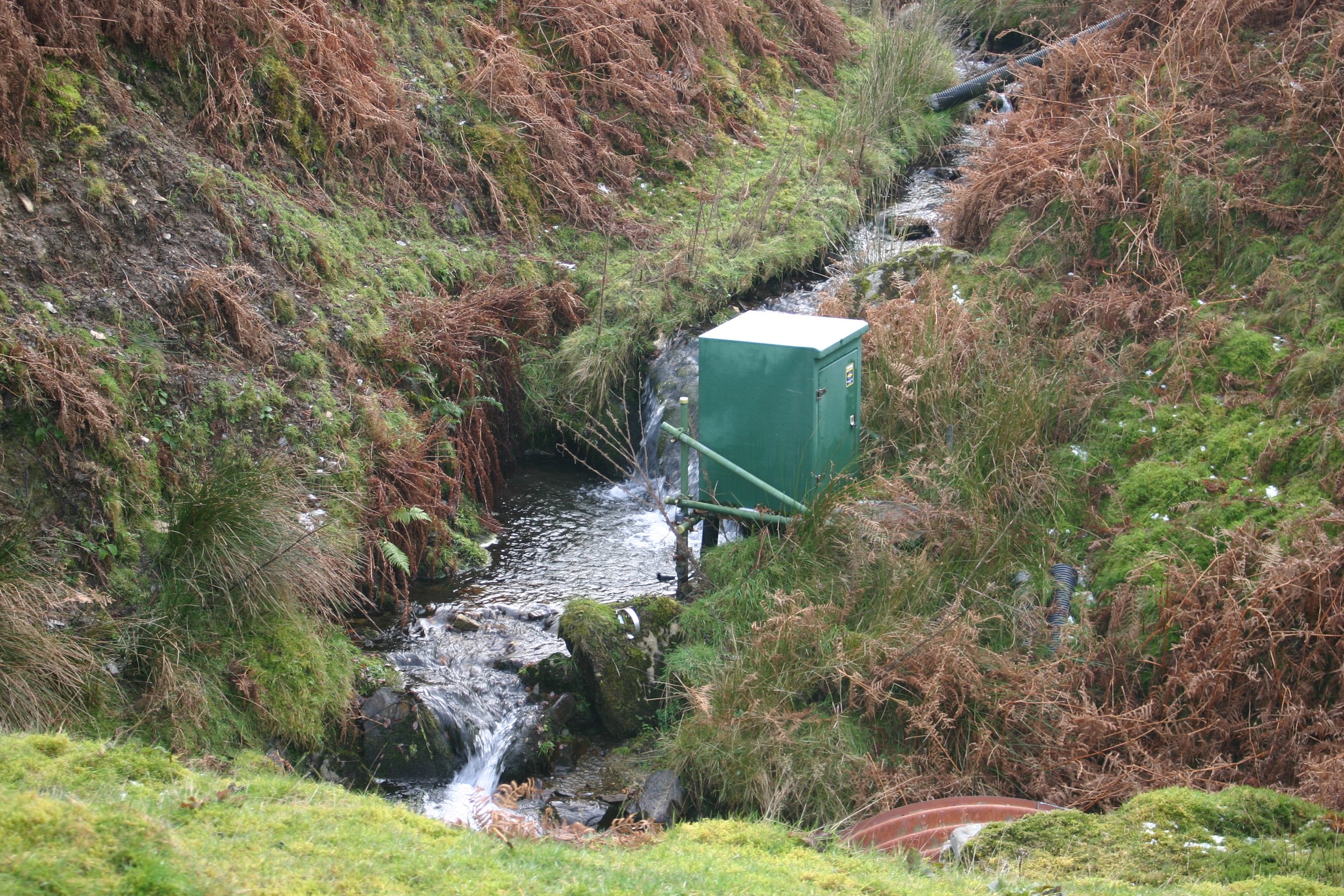
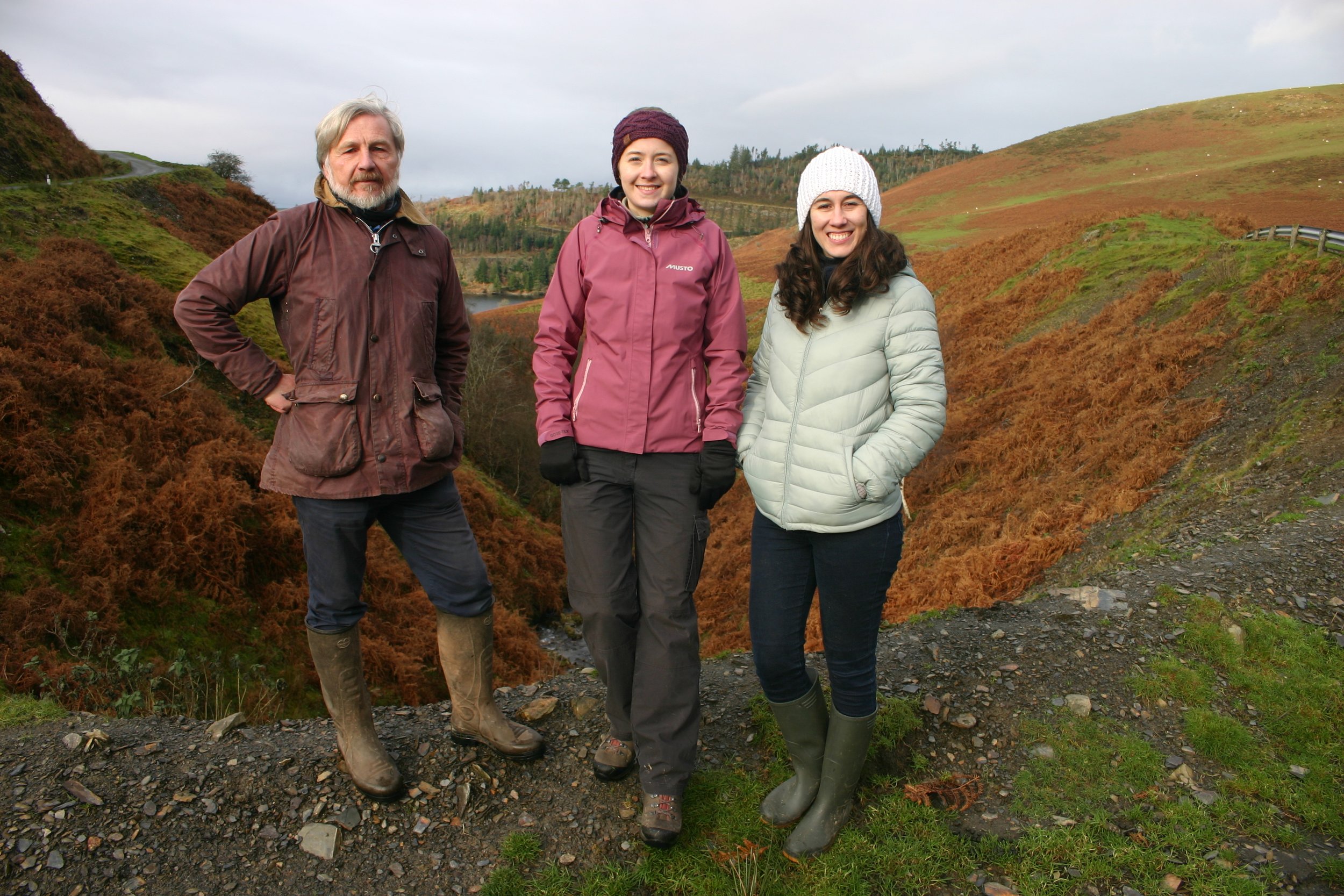
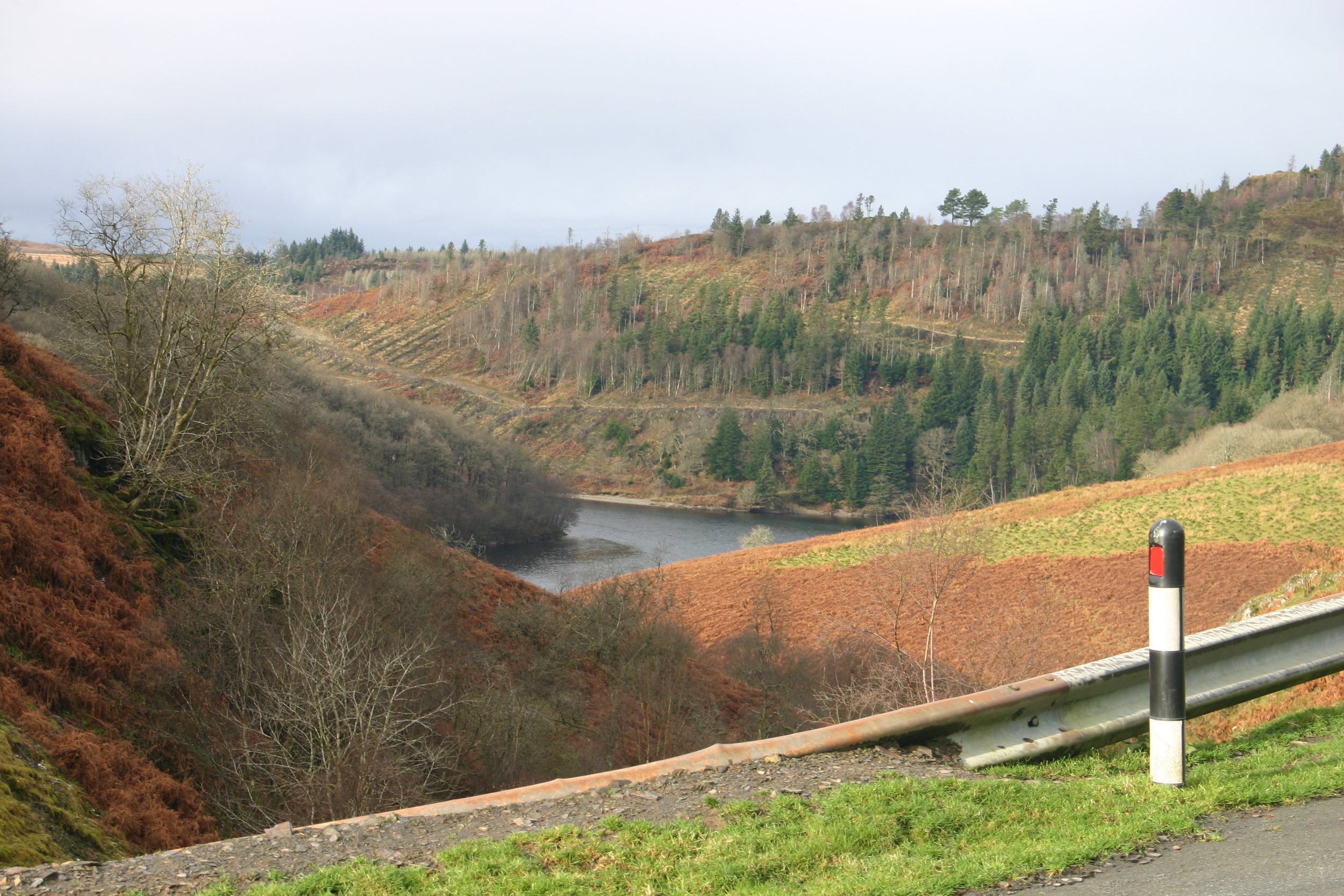
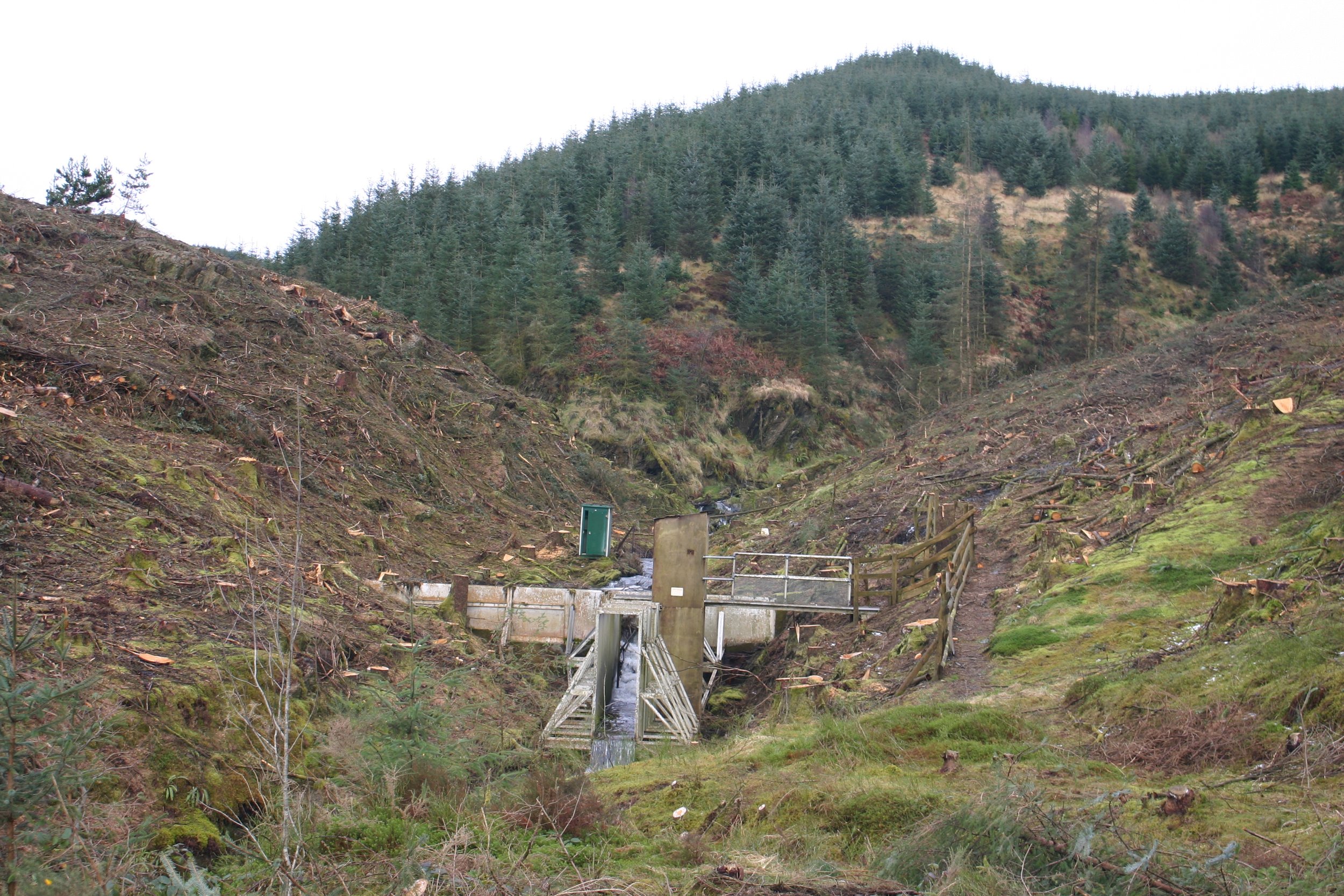
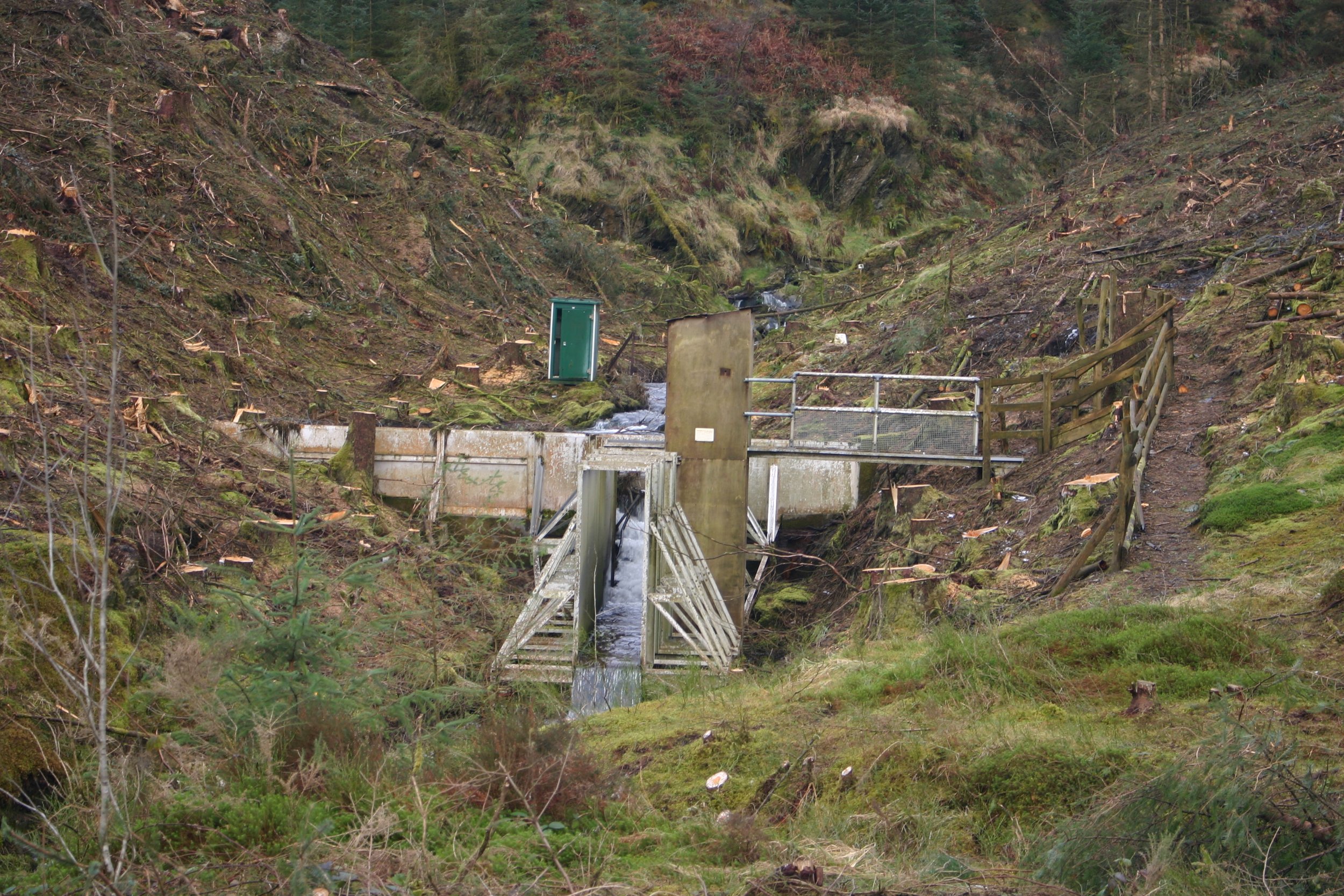
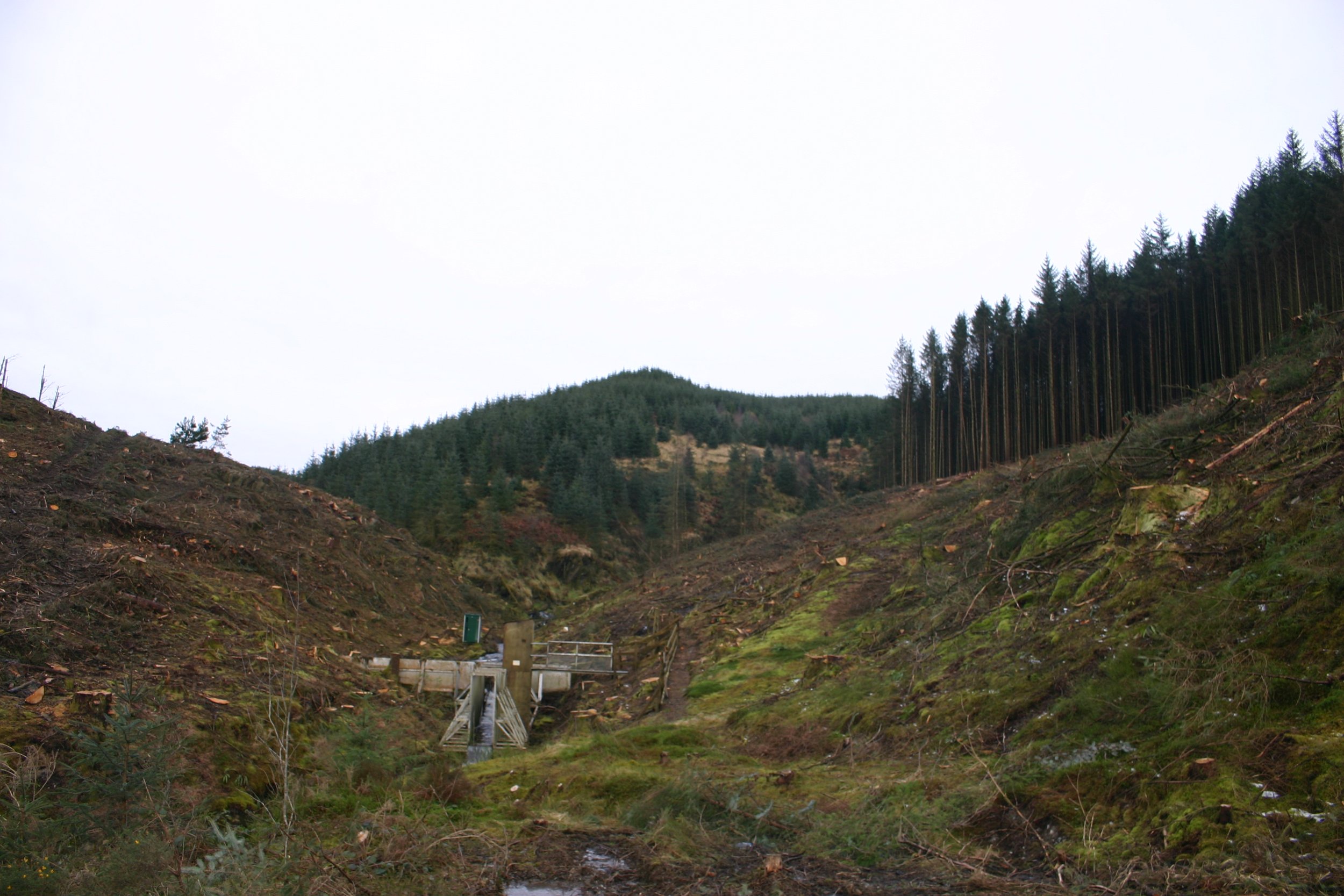
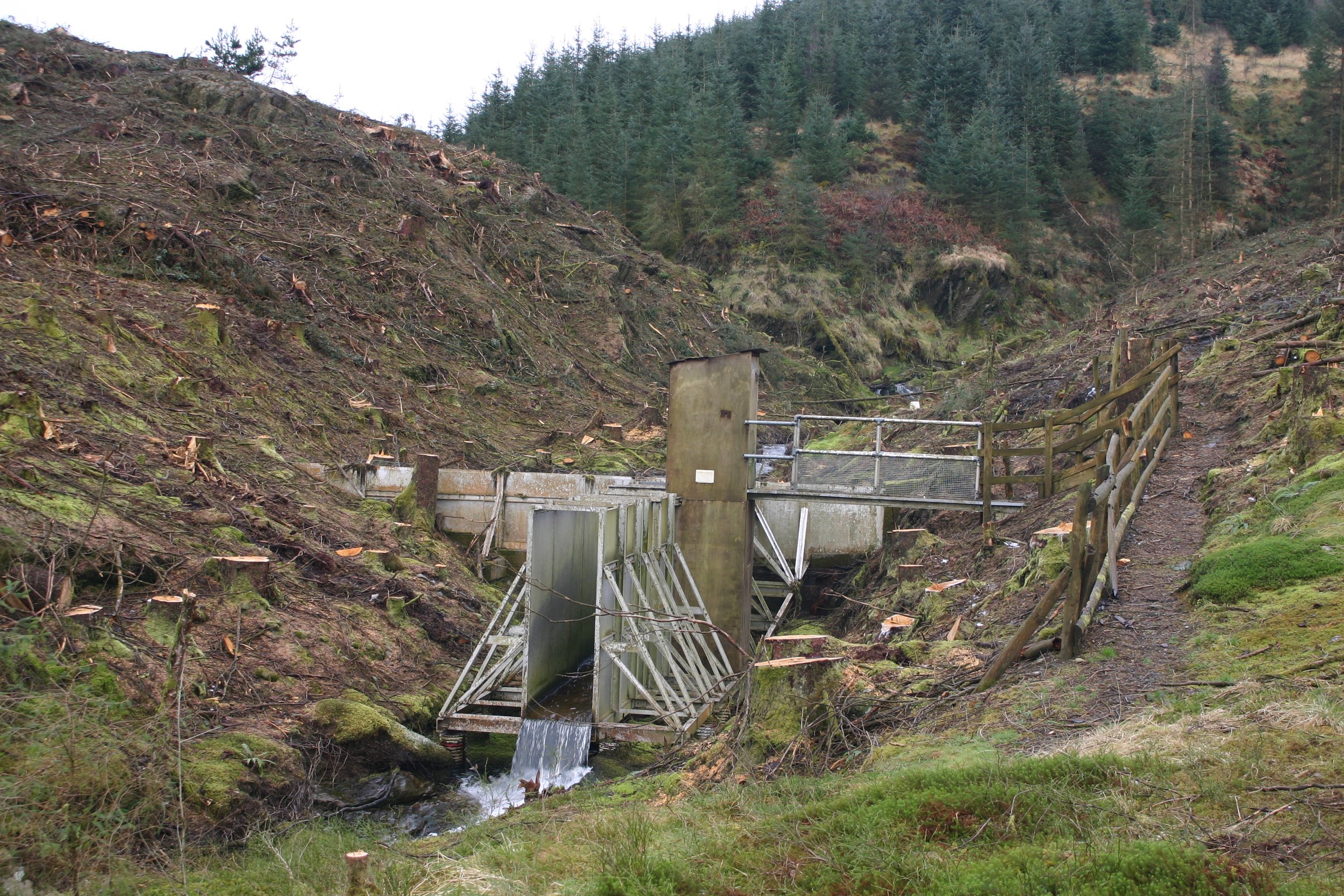

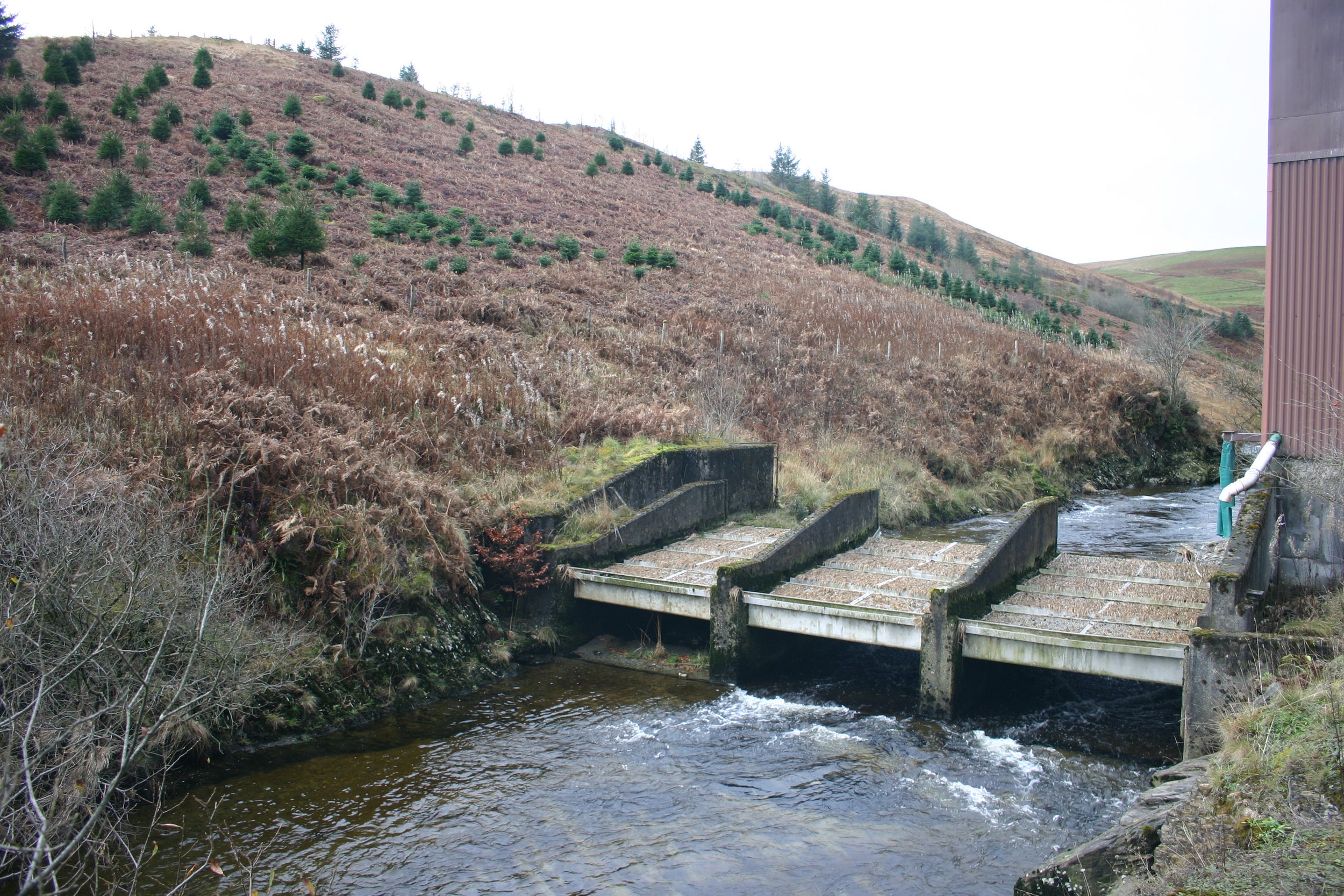
ABOUT THE EXPERIMENT
-
The Llyn Brianne experiment’s beginnings date back to 1969 when the River Twyi was dammed to supply Swansea with drinking water. Concern over the loss of sea trout spawning habitat upstream led to a ‘trapping and trucking’ scheme intended to transport the fish from one side of the dam to the other. However, the failure of this scheme led to an investigation by what was then the Scientific Directorate of Welsh Water. In 1981, Welsh Water traced high levels of acidity in stream-water to sulphur and nitric acid in rain, and from this discovery the Llyn Brianne experiment was born.
Further investigation showed how some land use worsened the acidity problem locally: while some streams drained moorland, others drained conifer forests – where levels of acidity and toxic metals were greatest. At the time, the Government’s Department of the Environment, the Welsh Office, and the newly formed National Rivers Authority stepped in to fund the Llyn Brianne project which Steve Ormerod helped design, as well as being responsible for the project’s biological studies from 1984. When government funding stopped in 1991, Steve Ormerod and Cardiff University took over the experiment subsequently winning funding from a range of sources including UKRI, the EU and Esmée Fairbairn Foundation.
-
There are 14 basins (LI1-8, CI1, CI2, CI4, CI5 and G1-G2) of various sizes that cover ~300 square km of upland Afon Tywi catchment (see Figure 1). The land in between is a mosaic of different habitats and uses: conifer forestry being used for logging, deciduous forest, and sheep-grazed moorland.
The streams sit on a pH gradient that goes from high in the southeast (circumneutral) to low (base poor) in the north. Because of the different land uses and local geology, pH values have ranged from the most acidic under conifer, to moderate acidity under sheep-grazed moorland, to lower acidity in circumneutral moorland or deciduous woodland. Each catchment was small enough to manipulate experimentally but large enough to hold a stream with a diverse insect fauna. Reference catchments that have not been manipulated were included from the outset: LI1, LI6, CI4, GI1, GI2 and have become important, for example, in appraising climate change effects.
In 1984, the Science Directorate of Welsh Water (later to become the National Rivers Authority) set up the Welsh Acid Water Survey (WAWS) in which 50-100 streams across upland Wales have been sampled in 1984, 1995 and 2012, funded by the Welsh Government and UKRI. These survey data have shown how patterns at Llyn Brianne are representative of a larger area of Wales.
Replication of catchment land uses at both the Brianne Observatory and in the WAWS have been possible because of acid-base gradients related to geology, the range of land-uses in Wales, the number of streams included and the size of each basin.
-
Freshwater environments that have been affected by acid rain can be restored chemically but biological recovery is partial or delayed.
The effects of acid rain pose an environmental problem. But liming the surrounding catchment or stream channel (by applying calcium carbonate CaCO³) to adjust the pH is a useful tool for accelerating recovery. However, there is little evidence that it can help with biological recovery. Moreover, declining rainfall acidity has also led to widespread chemical recovery in upland streams and increasingly obviate the need for liming.
In 1987-88, CaCO³ was added to 3 catchments: (CI2 and CI5 acid moorland; LI4 acid forest) (Ormerod and Durance, 2009). Calcium and aluminium concentrations, and pH were sampled. Data were collected for 25 years at weekly- monthly intervals, as were the samples for the WAWS. The results were compared to a relevant non-limed stream e.g. CI2 was compared with CI1 (also a circumneutral moorland catchment).
What Steve Ormerod and Isabelle Durance found is that CaCO³ did increase the mean pH across all stream types and chemically restored them although episodes of acidity continued. But the forest streams were still acidic and had high aluminium concentrations, and the pH increase was more rapid in acid moorland streams than circumneutral moorland ones. Additionally, the calcium concentrations in the limed streams were higher than compared to the reference but only up to 9 years. Overall, the streams did recovery chemically.
To assess biological recovery, Steve and Isabelle looked at the invertebrate community. They combined data taken for the Llyn Brianne project and the WAWS and looked at species richness, abundance, and invertebrate tolerance to acidic conditions. They saw some recovery across all streams. But the improvement in species community composition in the acid streams was not enough to match communities in circumneutral streams. Something was holding back the invertebrate recovery in the acid streams.
Climate change (warming) has dramatically changed the invertebrate community and cold-adapted species have declined considerably.
The North Atlantic Oscillation is a pressure pattern in the N. Atlantic which affects weather systems in the UK. During the 1980’s-90’s, a positive amplification of the NAO meant that the UK weather turned warm, wet and stormy.
While invertebrate sampling was carried out from 1981 onwards, it was former PhD student David Bradley who identified how warming altered the invertebrate community composition (Ormerod and Bradley, 2001). In 2007, Steve Ormerod and Isabelle Durance found a link between the NAO and stream temperatures at Llyn Brianne, with the temperature fluctuating by 3⁰C between warm and cold winters (Durance and Ormerod, 2007).
This warming affected the invertebrate abundance considerably: in the most species rich streams, for every 1⁰C rise, the abundance of organisms decreased by about a fifth. The abundance of cold-adapted species in particular has declined by 40% since the 1980’s. Investigations into the effects of the NAO and warming patterns are on-going.
Adapting the freshwater environment to climate change means re-thinking woodland management.
Former PhD student Marian Pye looked at the role of leaf litter in supporting ecosystem processes in the Brianne streams. How land is used affects the run-off, quality and processing of leaf litter into a stream. As a key energy resource for stream organisms, any links with climate could be important.
Marian found that warmer and wetter weather increased the downstream loss of leaf litter throughout the streams. But broadleaved trees in the riparian zone and catchment appear to be able to offset this loss which ensures the availability of organic matter for stream organisms (Pye, 2017).
Former PhD student Stephen Thomas has further shown how large litter inputs from broadleaf trees increase the number of stream invertebrates (Thomas et al., 2016). Consequently, planting or encouraging broadleaf trees in riparian environments offers an adaptive response to offset some aspects of climate change.
-
Research Updates
Media
Print (6 October 2022): Wales Online published their piece on the consequences of climate change on freshwater species and biodiversity. Steve Ormerod and Ruth Jenkins discuss what these results mean for Welsh waterways.
Radio (13 November 2022): Steve Ormerod was interviewed for BBC Country Focus at Llyn Brianne. You can listen to it via the BBC website from 3.50 into the programme and it will be available until the 13 December 2022.
TV (21 November 2022): The Llyn Brianne project featured on BBC Wales News. Watch the short clip from Steve Ormerod’s Twitter profile.
Print (5 August 2018): The Guardian published their article on the decline of invertebrates over the past 40 years.
Would you like to see experiments like this continue to have impact? Then consider donating to the ECT.






